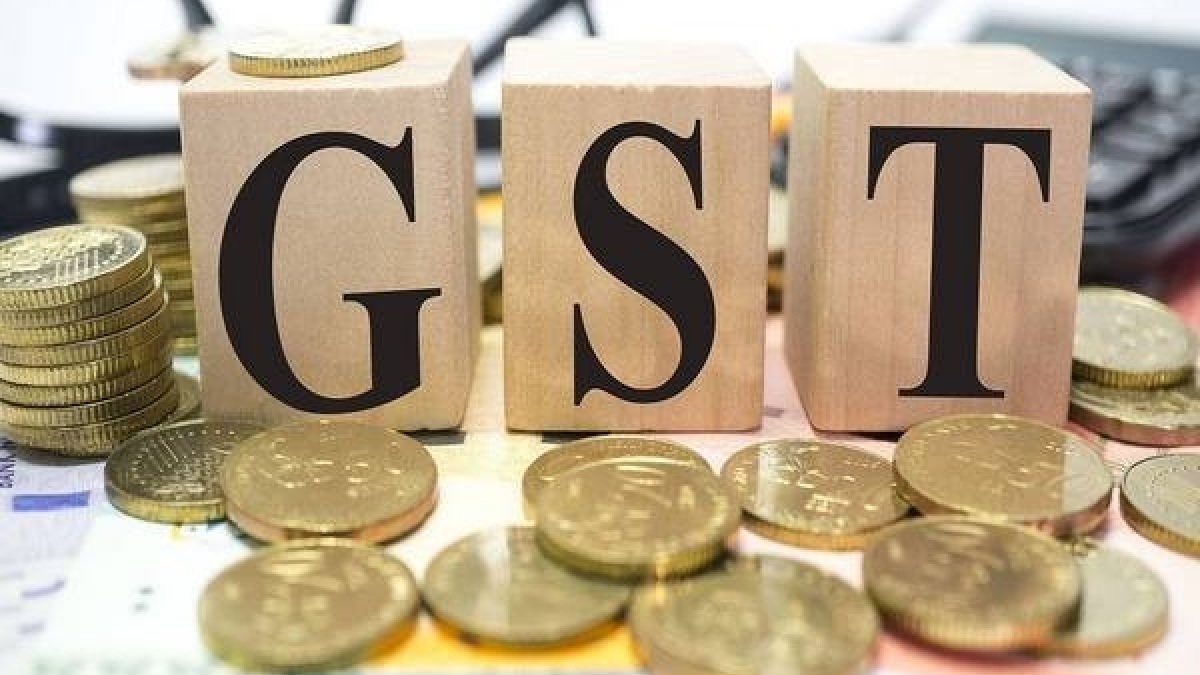GST Overhaul Proposed: Singapore Businesses Could See Rate Cuts & Simplified Compliance

Singapore's GST System Set for Major Shake-Up: Expect Rate Simplification and Easier Compliance
The Singapore Finance Ministry is proposing a significant overhaul of the Goods and Services Tax (GST) system, aiming to ease the burden on businesses and consumers alike. A detailed simplification plan, presented to the Group of Ministers, outlines a shift towards a two-tiered tax structure and a comprehensive rate rationalisation exercise. This move signals a commitment to streamlining the GST process and fostering a more competitive business environment.
What's Changing? The Proposed Two-Tier System
Currently, Singapore's GST system operates with multiple tax rates, creating complexity for businesses and potential compliance issues. The proposed two-slab structure seeks to address this by consolidating rates into a simpler framework. While the specifics are still under discussion, the intention is to ensure essential goods and services remain more affordable while maintaining revenue for the government.
Rate Rationalisation: Targeting Lower Tax Burdens
Beyond the structural changes, the Finance Ministry's plan emphasizes rate rationalisation. This involves a careful review of the GST rates applied to various goods and services, with the aim of reducing the overall tax burden on consumers and businesses. The Group of Ministers will play a crucial role in evaluating the potential impact of different rate adjustments and ensuring a balanced approach.
Benefits for Businesses: Streamlined Compliance and Reduced Costs
The simplification of the GST system promises significant benefits for Singaporean businesses, particularly small and medium-sized enterprises (SMEs). Reduced complexity translates to easier compliance, lowering administrative costs and freeing up resources for core business activities. A more predictable tax landscape also fosters greater investment and innovation.
Impact on Consumers: Potential for Lower Prices
Consumers stand to benefit from potential rate cuts on essential goods and services. While the exact impact will depend on the final rate adjustments, a simpler and more efficient GST system could lead to lower prices and increased purchasing power.
Challenges and Considerations
Implementing such a significant overhaul of the GST system will not be without its challenges. The Group of Ministers must carefully consider the potential revenue implications of rate changes and ensure a smooth transition for businesses and consumers. Maintaining fairness and equity across different sectors is also a key priority.
Looking Ahead: A More Competitive and Efficient Singapore
The Finance Ministry's GST simplification plan represents a proactive step towards creating a more competitive and efficient Singapore. By reducing complexity, lowering the tax burden, and fostering a more predictable business environment, these reforms are expected to contribute to sustainable economic growth and benefit both businesses and consumers. The final details of the plan will be announced following the Group of Ministers' deliberations, but the direction is clear: a simpler, more streamlined GST system for Singapore.





